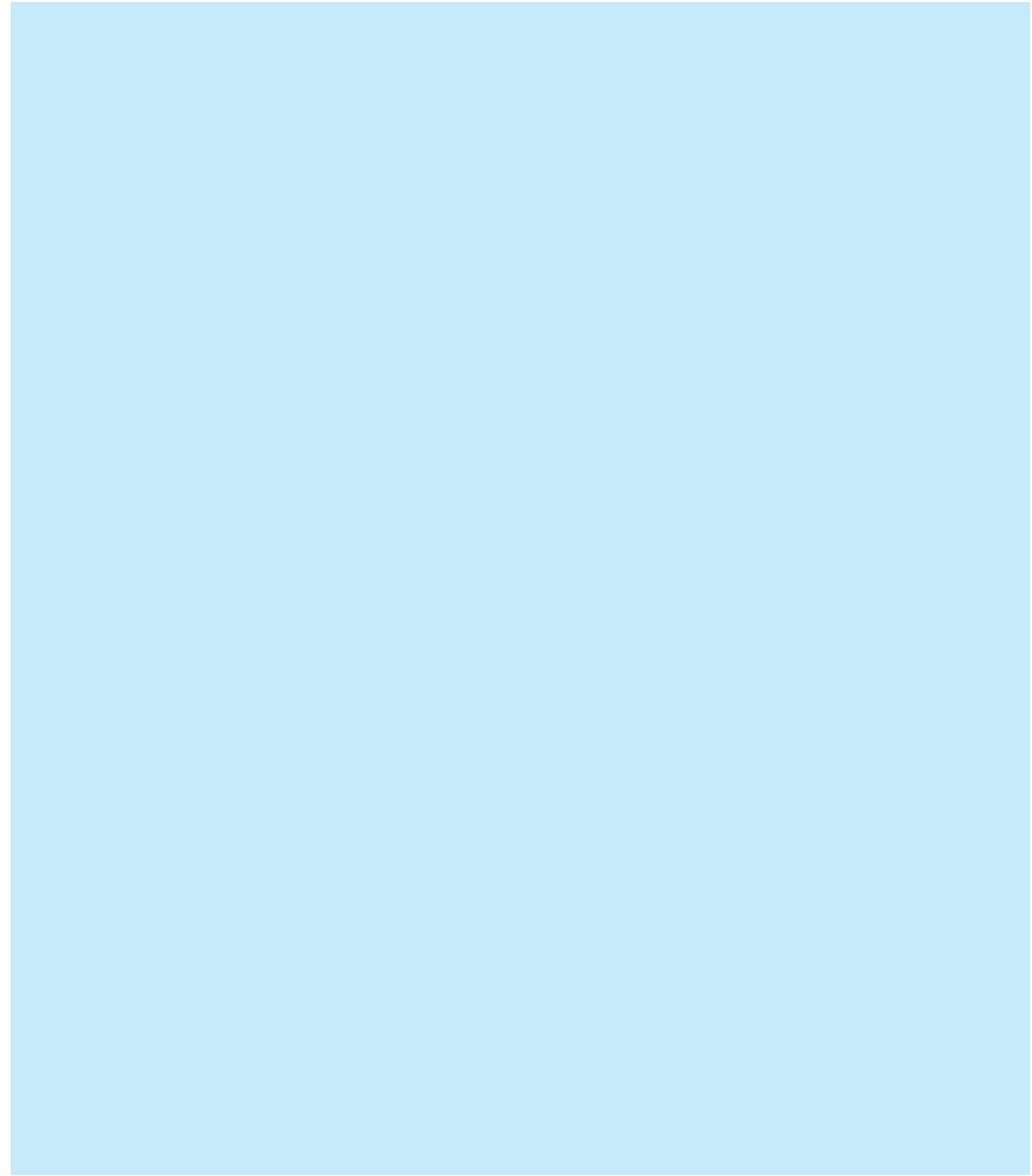Java Reference
In-Depth Information
13.
Assume that the following classes have been defined:
1
public class
Bay
extends
Lake {
2
public void
method1() {
3 System.out.print("Bay 1 ");
4
super
.method2();
5 }
6
public void
method2() {
7 System.out.print("Bay 2 ");
8 }
9 }
1
public class
Pond {
2
public void
method1() {
3 System.out.print("Pond 1 ");
4 }
5
public void
method2() {
6 System.out.print("Pond 2 ");
7 }
8
public void
method3() {
9 System.out.print("Pond 3 ");
10 }
11 }
1
public class
Ocean
extends
Bay {
2
public void
method2() {
3 System.out.print("Ocean 2 ");
4 }
5 }
1
public class
Lake
extends
Pond {
2
public void
method3() {
3 System.out.print("Lake 3 ");
4 method2();
5 }
6 }
What output is produced by the following code fragment?
Pond[] ponds = {new Ocean(), new Pond(), new Lake(), new Bay()};
for (Pond p : ponds) {
p.method1();
System.out.println();
p.method2();
System.out.println();
p.method3();
System.out.println("\n");
}

Search WWH ::

Custom Search